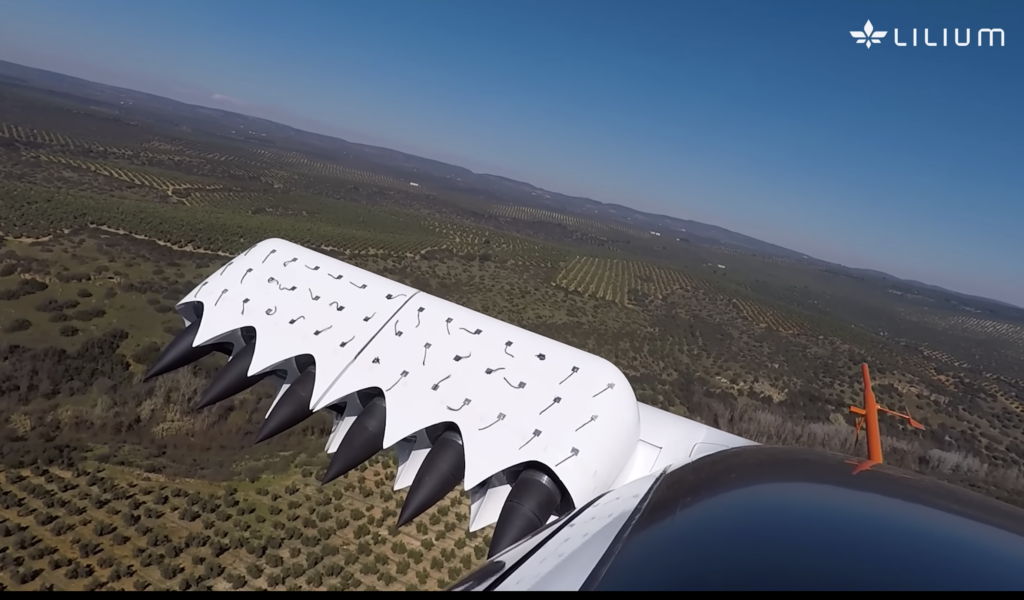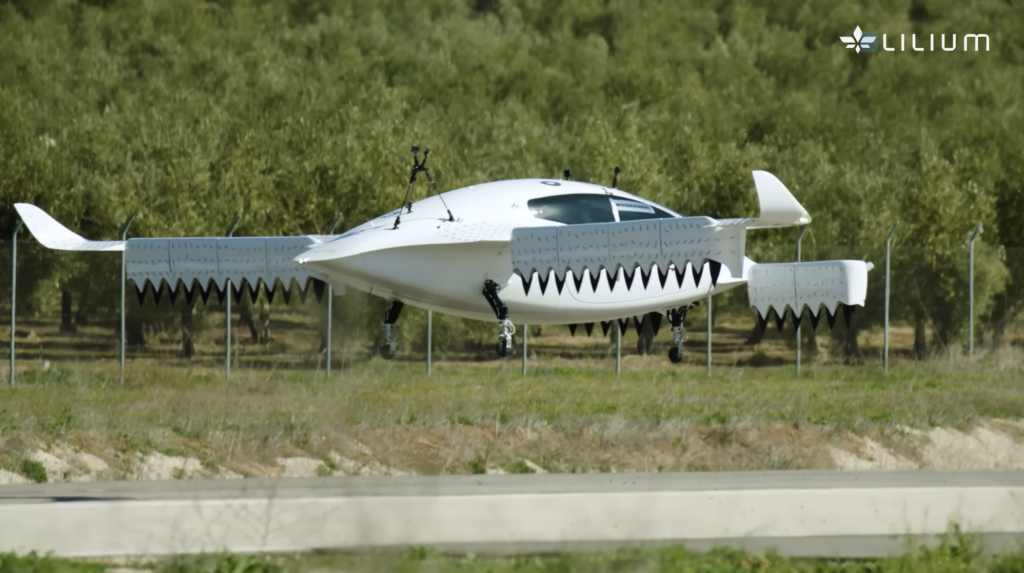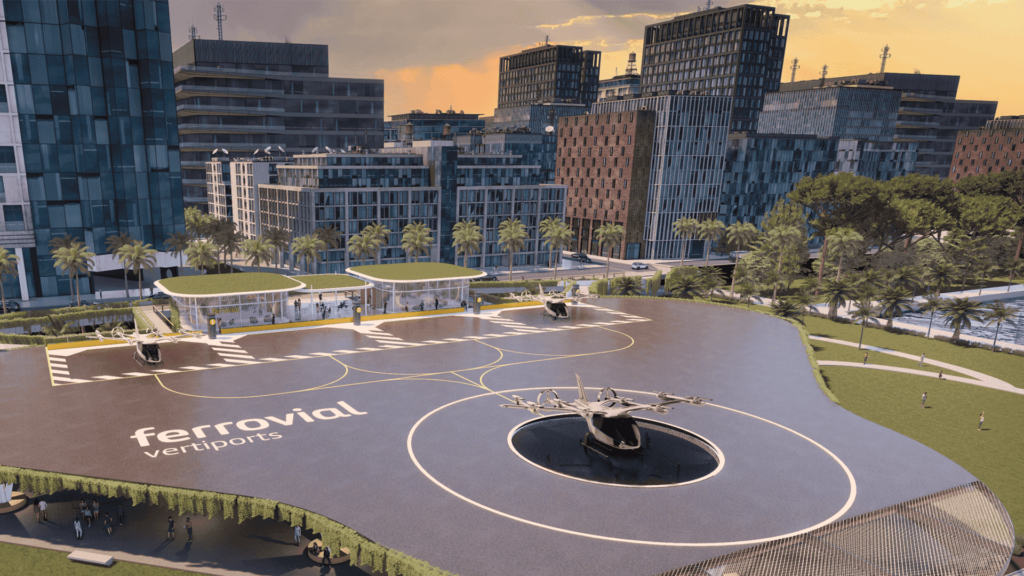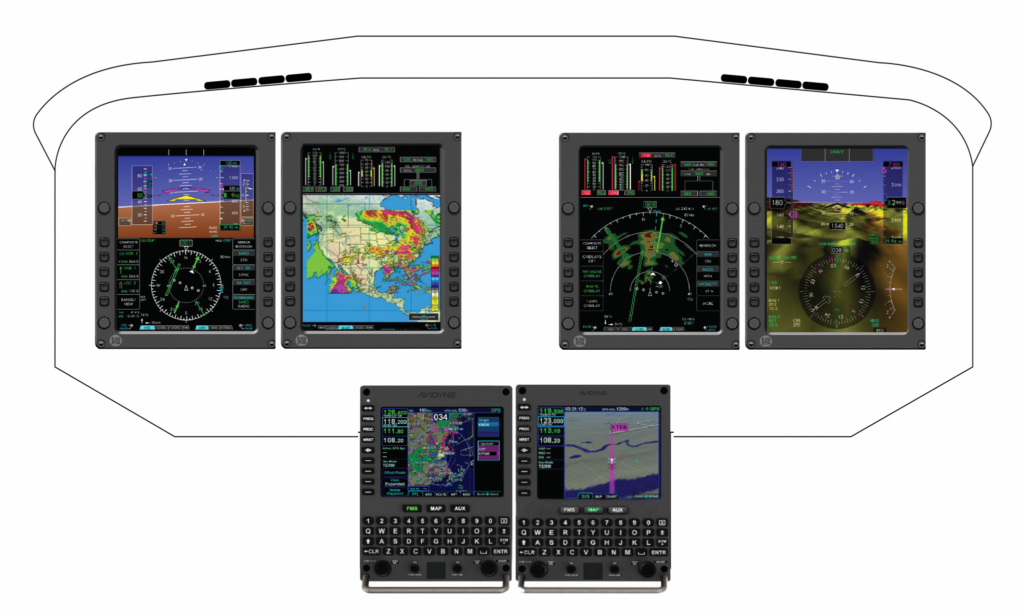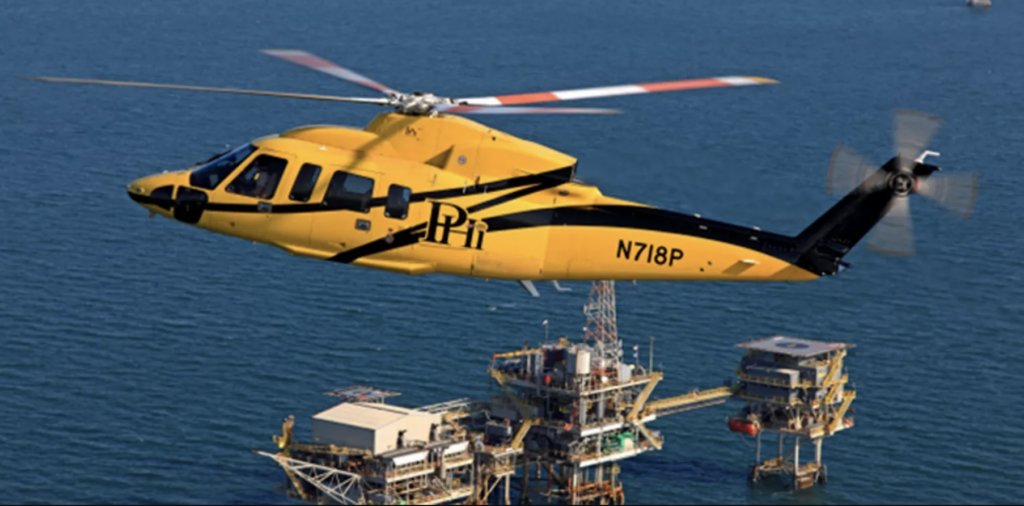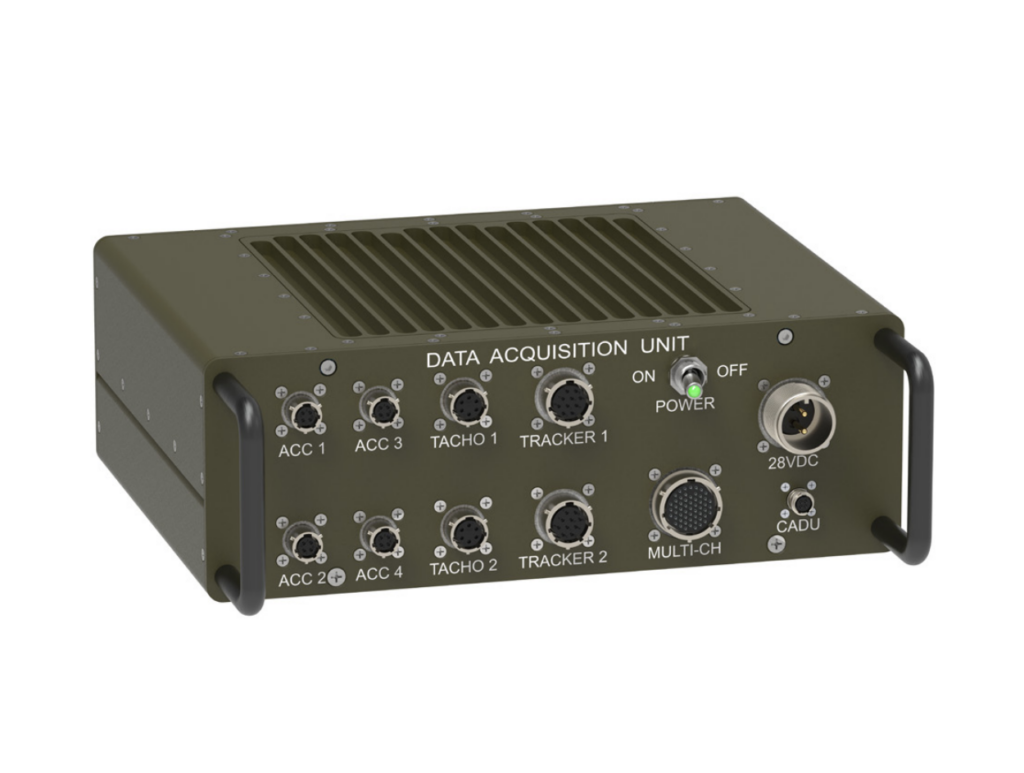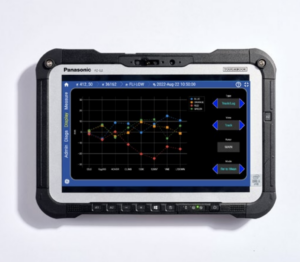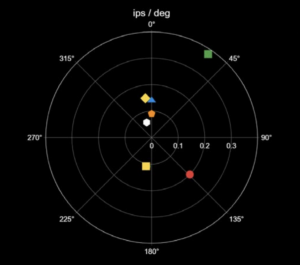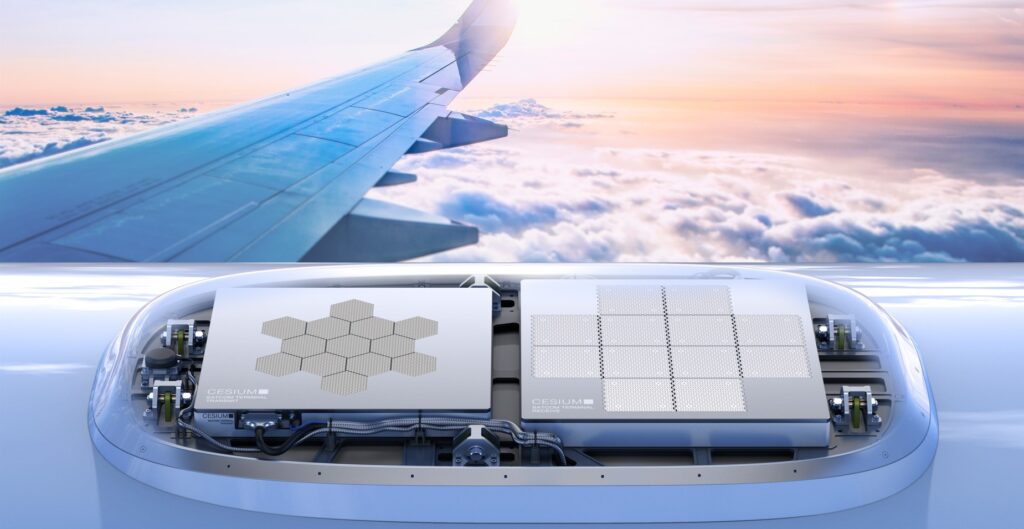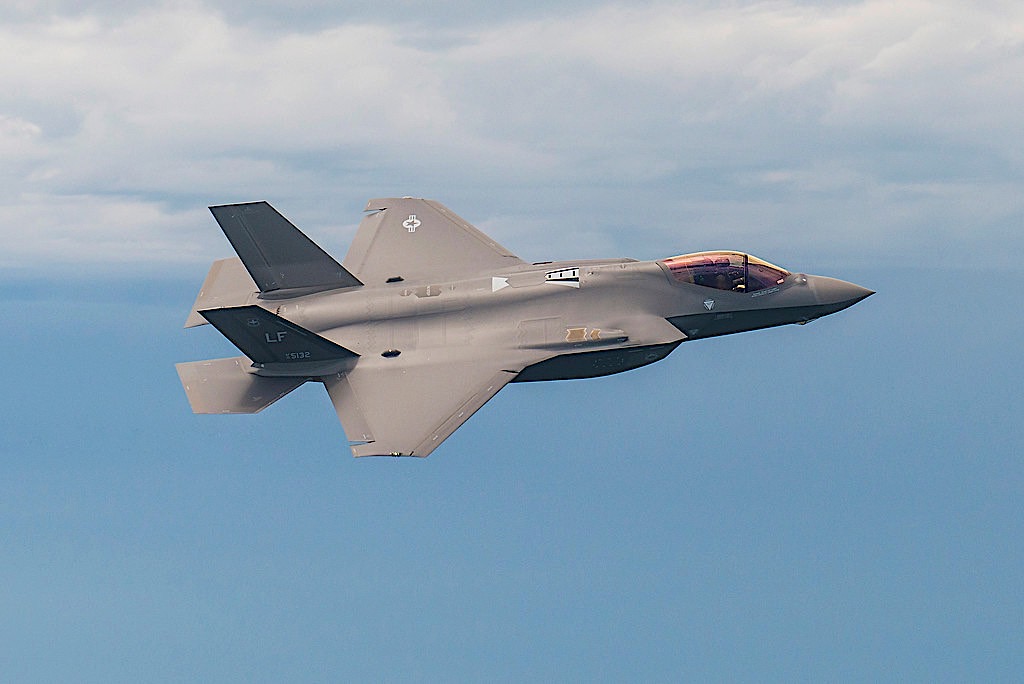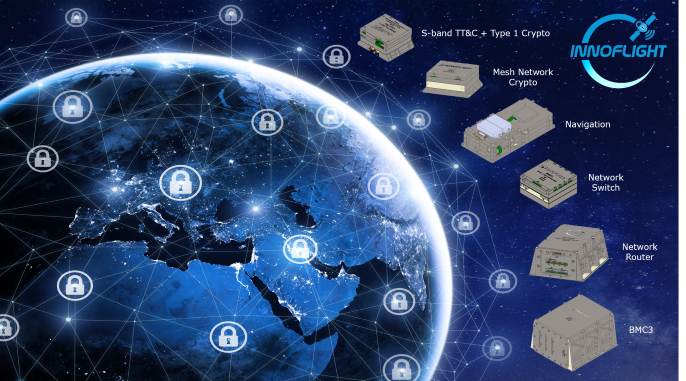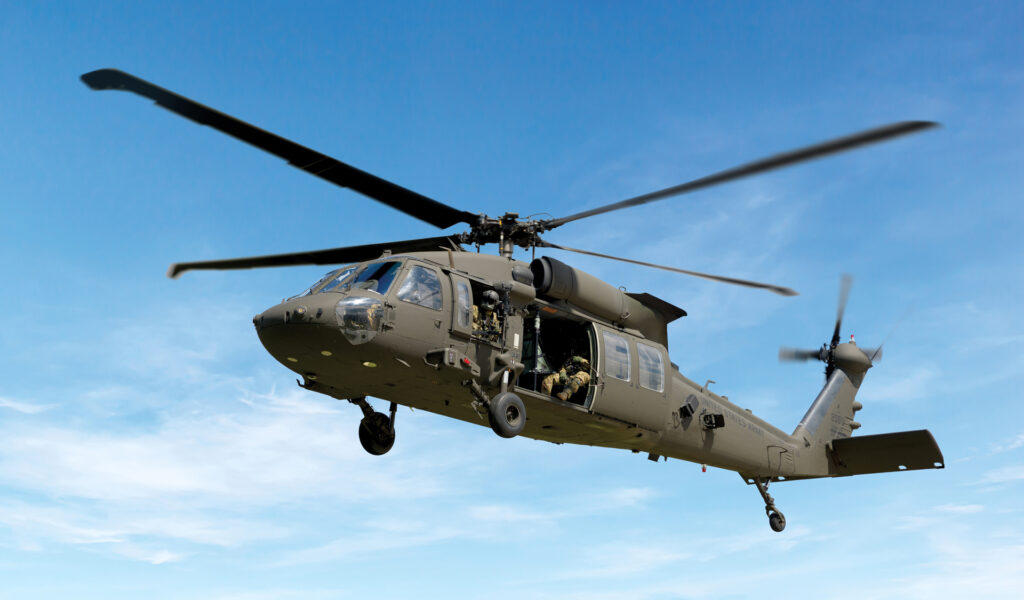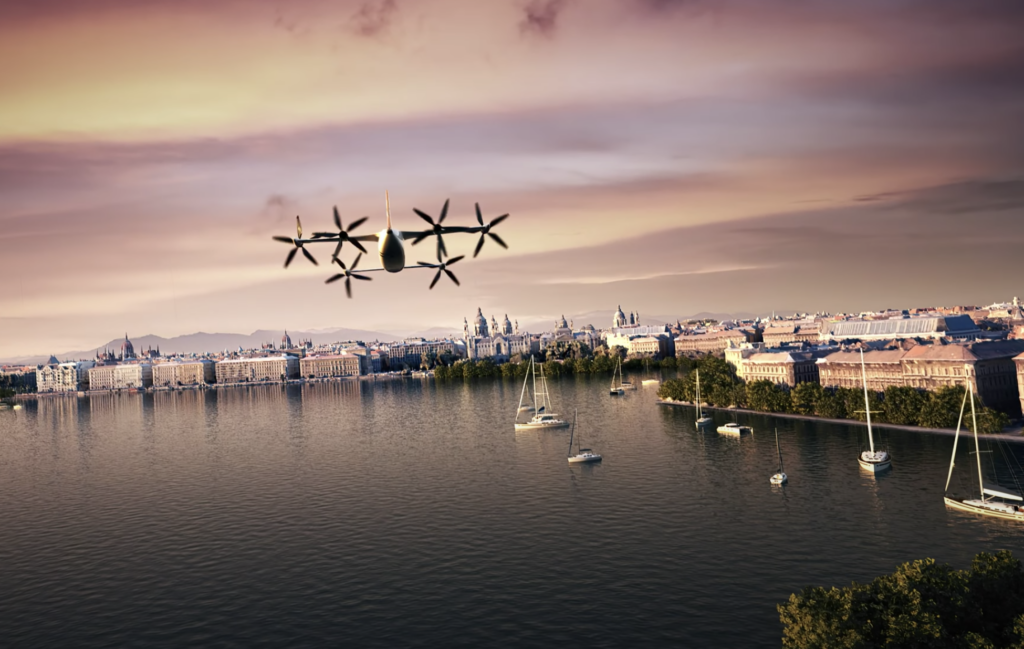Archer and United Announce Plans for First Commercial eVTOL Route in Chicago
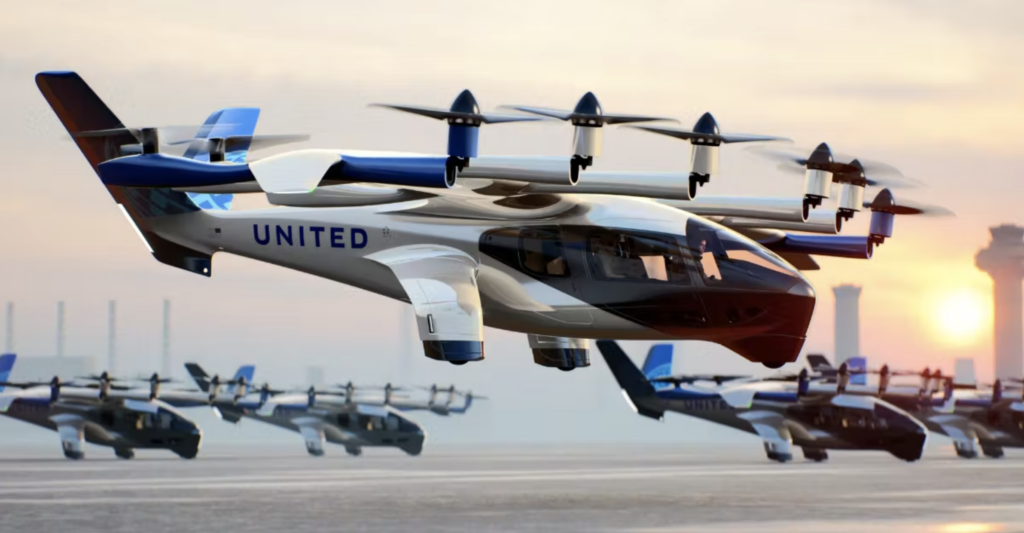

The second launch city for Archer’s eVTOL commercial operations—Chicago—was announced this week. (Photo: Archer)
Archer Aviation and United Airlines announced the first commercial route for eVTOL (electric vertical take-off and landing) aircraft—from Newark Airport to a heliport in downtown Manhattan—last November. Today, the companies announced another launch city: Chicago.
The route will connect Vertiport Chicago, the largest facility for VTOL aircraft in North America, with O’Hare International Airport. This trip could take an hour or more by car. In comparison, Archer’s eVTOL aircraft Midnight can make this journey in about 10 minutes.
Some of the partners that United and Archer are working with include the City of Chicago, World Business Chicago, Chicago Department of Aviation, the State of Illinois, and ComEd, along with Vertiport Chicago. They need to establish appropriate infrastructure in and around the city’s metropolitan area to ensure the safe integration of eVTOL operations in 2025.
According to Archer’s announcement, Vertiport Chicago—which is located in the Illinois Medical District near the Chicago Loop—was chosen for the route connecting the city center with the airport “because of its unparalleled convenience, access and service.”
Michael Leskinen, President of United Airlines Ventures, commented, “Both Archer and United are committed to decarbonizing air travel and leveraging innovative technologies to deliver on the promise of the electrification of the aviation industry.”
Chicago Mayor Lori E. Lightfoot remarked on the announcement, saying that Chicago is a place where technological innovation thrives. “This exciting new technology will further decarbonize our means of transportation, taking us another step forward in our fight against climate change. I’m pleased that Chicago residents will be among the first in the nation to experience this innovative, convenient form of travel.”
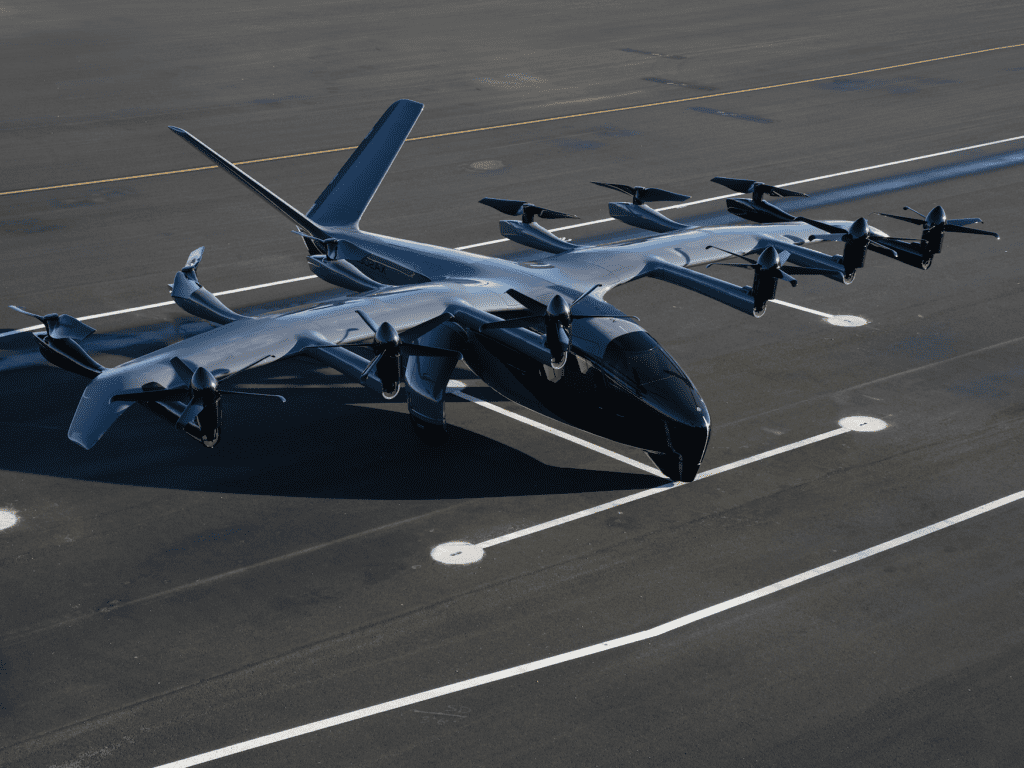
Archer’s production aircraft, Midnight, is the evolution of the demonstrator aircraft, Maker. (Photo: Archer)
Midnight, Archer’s production aircraft, was unveiled in November shortly after the company announced the first commercial eVTOL route between downtown Manhattan and Newark. Archer’s team hopes to receive certification from the FAA in late 2024. The vehicle will have a maximum range of 100 miles, although key routes will largely consist of 20-mile back-to-back routes, such as trips between city centers and airports.
The post Archer and United Announce Plans for First Commercial eVTOL Route in Chicago appeared first on Avionics International.
—————
Boost Internet Speed–
Free Business Hosting–
Free Email Account–
Dropcatch–
Free Secure Email–
Secure Email–
Cheap VOIP Calls–
Free Hosting–
Boost Inflight Wifi–
Premium Domains–
Free Domains






